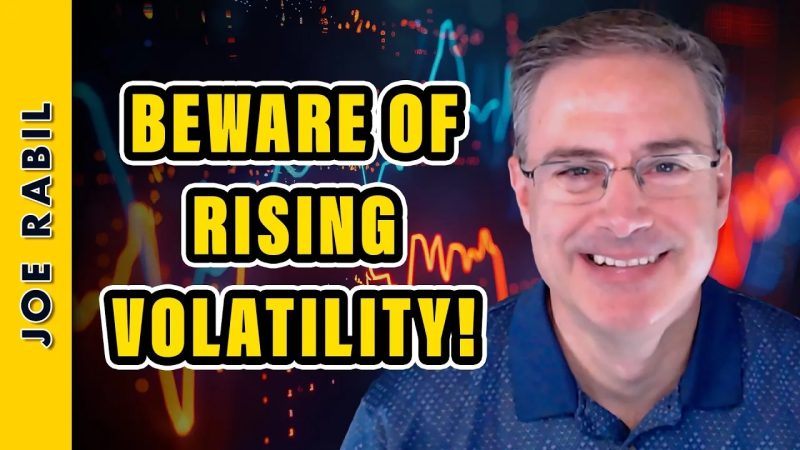Rising Volatility in the Current Market: Navigating Uncertainty
Understanding the Impact of Volatility on Investment Strategies
Volatility, a measure of the degree of variation in the price of a financial instrument or index over time, plays a crucial role in shaping market dynamics. As investors navigate the ever-changing landscape of global markets, it becomes imperative to comprehend the implications of rising volatility on investment strategies. The recent upsurge in volatility, exemplified by sharp market fluctuations and heightened uncertainty, has significant implications for market participants across various asset classes.
One of the key aspects of rising volatility is its capability to instigate fear and panic among investors. The unpredictability and rapid changes in asset prices can lead to emotional decision-making, causing investors to deviate from their long-term strategies. In times of heightened volatility, it is essential for investors to remain steadfast in their investment approach, focusing on fundamental analysis and long-term objectives rather than reacting to short-term price movements.
Moreover, rising volatility can present lucrative opportunities for astute investors. Market fluctuations create pricing inefficiencies and mispricings that skilled investors can exploit to generate alpha. By maintaining a disciplined approach to risk management and seizing opportunities that arise from market dislocations, investors can potentially enhance their portfolio performance amidst heightened volatility.
In addition to individual investors, rising volatility also impacts institutional market participants such as hedge funds, asset managers, and pension funds. These institutions often employ sophisticated investment strategies that are designed to capitalize on market inefficiencies and deliver consistent returns. However, increased volatility can disrupt these strategies and may lead to underperformance if not managed effectively. Institutional investors should closely monitor risk exposures, stress-test portfolios under various scenarios, and implement hedging strategies to mitigate downside risk amid rising volatility.
Another critical aspect of rising volatility is its correlation with market liquidity. In periods of heightened volatility, liquidity can dry up quickly as market participants pull back from trading in response to increased risk aversion. This can exacerbate price movements and lead to cascading effects across asset classes. Investors should be mindful of liquidity conditions and ensure that they have the necessary liquidity to meet redemptions or take advantage of investment opportunities in volatile markets.
Furthermore, the impact of rising volatility is not limited to traditional asset classes such as equities and bonds. Alternative investments such as cryptocurrencies, commodities, and real estate can also experience heightened volatility during turbulent market conditions. Diversification across uncorrelated asset classes can help investors mitigate the impact of rising volatility on their overall portfolio performance and improve risk-adjusted returns.
In conclusion, rising volatility presents both challenges and opportunities for investors across the financial markets. By understanding the implications of volatility on investment strategies, maintaining a disciplined approach to risk management, and seizing opportunities that arise from market dislocations, investors can navigate uncertainty and potentially enhance their portfolio performance in turbulent times. As volatility continues to shape market dynamics, it is essential for investors to adapt to changing conditions and stay vigilant in managing risks to achieve their long-term investment objectives.

